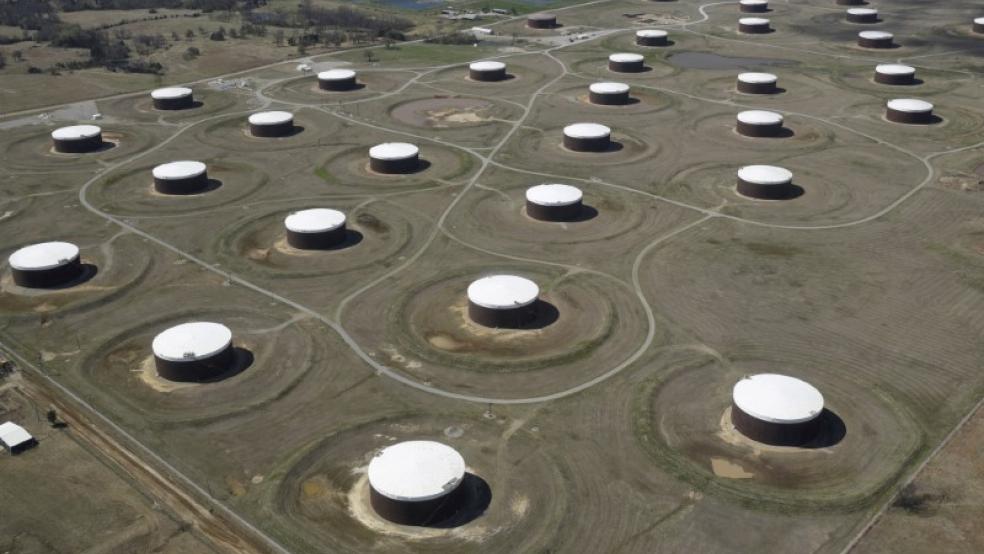Bulls grinned on Thursday last week when Brent Crude rallied past the US$50 price mark for the first time in six weeks. The biggest oil companies may have breathed a sigh of relief – well, again – but oil at US$50 is still not enough to jumpstart the industry, which has been reeling from reduced profits since crude prices crashed in 2014.
Since then, Big Oil has cut on capital investment and staff costs, increased borrowing anddoubled debts in order to maintain dividends and keep shareholders happy.
Executives are a little more upbeat than they were at the US$27 oil price near the beginning of this year, but they all agree that the US$50 mark itself – especially if short-lived – is not the strongest of signals that recovery is around the corner.
And to prove that investments are reduced, Tony Durrant, chief executive of UK’s Premier Oil, told the Wall Street Journal in an interview on Thursday:
“Every day of every week I’m talking to our joint venture partners around the world and I hear people still canceling projects.”
Now, that’s not a sign of optimism.
Some of the oil heavyweights have slashed capital and exploration expenses in order to maintain dividends, and they said so in their second-quarter results releases, which also showed that the downstream business, with weak refining margins, is no longer able to offset low crude prices.
Exxon (NYSE:XOM) reduced capital and exploration expenses by 38 percent to US$5.2 billion, yet managed to distribute US$3.1 billion in dividends to shareholders. Chevron (NYSE:CVX) slashed capex to US$12 billion in the first six months this year from US$17.3 billion in the first half last year.
Exxon has factored in oil at US$40-80 in order to reach a cash-neutral position in 2017, while Chevron has estimated it would strike a balance at US$52 per barrel, the WSJ says.
BP (NYSE:BP) said it was rebalancing organic sources and uses of cash by 2017 in a US$50-55 oil price range.
So, the majors need prices to rise at least by some US$5 above the $50 mark and maintain it, which with oil prices is always a gamble. Crude at a prolonged US$60-$70 range, for example, may spare the companies the delicate and highly sensitive consideration of tapping into dividend payouts.
This current US$50 mark may be a piece of good news for U.S. shale-invested companies such as Apache Corp (NYSE:APA) — which had conservatively calculated oil at US$35 in its 2016 budget – and has even added a rig in Texas since prices recovered from February lows.
However, Devon Energy Corp (NYSE:DVN) chief executive David A. Hager told the WSJ that U.S. companies needed oil at US$60.
Now, oil groups on both sides of the Atlantic see the US$50 oil as way better than the 12-year-lows of February, but still not good enough to justify more spending on projects that they had lavishly planned in the US$100 oil price environment in early 2014.
Oil’s most recent rally was propped up by Wednesday’s weekly report by the U.S. Energy Information Administration (EIA), which showed that crude oil inventories fell by 2.5 million barrels in the week to August 12, standing at 521.1 million barrels.
Then there’s the omnipresent Saudi Arabia, which seems to be able to tip the market with every carefully and timely issued comment regarding demand, supply or production.
All the upcoming rhetoric leading up to OPEC’s informal meeting in late September in Algiers – not only by the Saudis but also by non-OPEC Russia – is bound to tip the oil prices up or down, and volatility, quite possibly, will continue. Most analyst do not expect any production cap decision to emerge from that meeting, but in the oil market, this ‘no-news’ is also affecting prices, which are susceptible to any phrase or comment by officials.
And it’s high time Big Oil – which has already struggled through a reality check with hefty cost cuts – realized that BP’s chief executive Bob Dudley was oh-so-right when he said almost a year and a half ago, in April 2015 when WTI traded at US$55: “I do think the industry needs to prepare for lower for longer”.
By Tsvetana Paraskova for Oilprice.com
More Top Reads From Oilprice.com:




